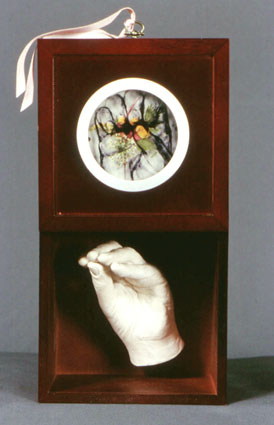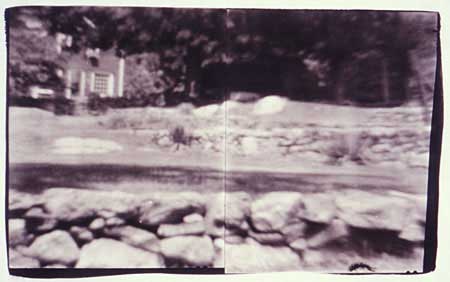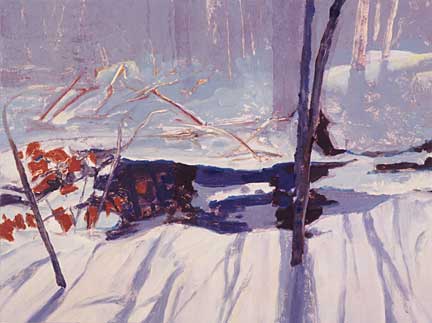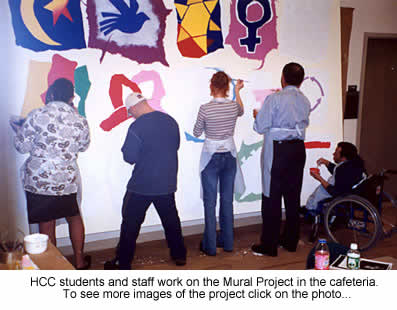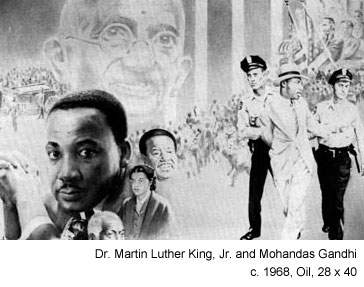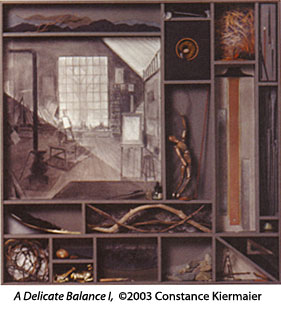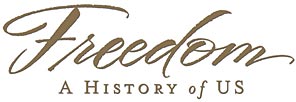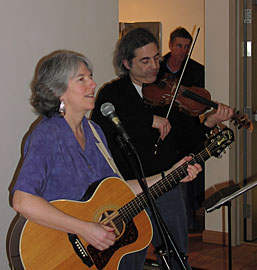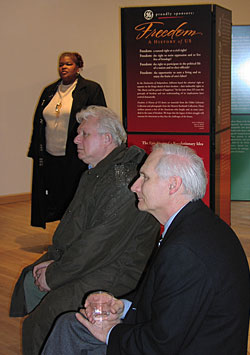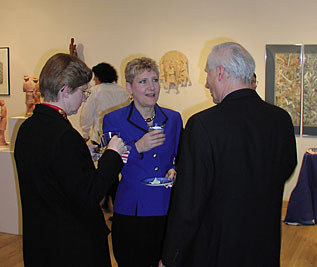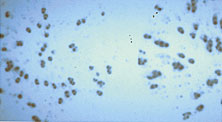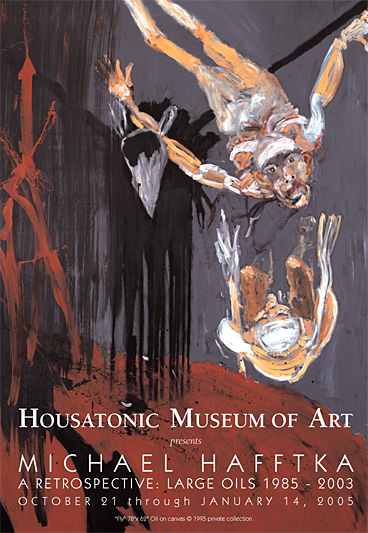Back to WEIR FARM: VISITING ARTISTS 2001 Exhibit Info
WEIR FARM: VISITING ARTISTS 2001
Camille EskellMy initial approach to the Weir Farm project involved exploring a sense of place, in view of the land and an ongoing reference to growth (through foliage) in my more recent work. As my ideas unfolded, prompted by upheaval in my life, the inquiry broadened to cover greater ground: the focus became one's sense of place - the artist's place - in the world. Visits to the Farm consisted of musing, noting impressions, and collecting bits such as leaves, acorns, and twigs, for possible inclusion in the series. My search was for a common spirit that melded human with earth, stressing an intellectual rather than a physical connection. The notion of preservation and tribute that defined the site suggested themes of persistence and loss, treasure and burial, fossilization and commemoration. Having recently returned to figurative mixed media sculpture, I continued to work in this vein. I combined cast body fragments with direct or digitally reproduced drawings, and used floral laces, dried and faux flowers as references to romance and revivification. The "artist's hand" becomes a recurring motif, and repeated images of mouths recall the unexpressed. The presentation formats, in particular, translate the duality and heighten the sense of arrested power. Keepsake boxes hold severed hands and fractured faces like relics or mementos, protecting and entombing them behind sliding doors with dainty ribbon pulls. Torsos hang suspended, and drawings align in intimate installations. Collectively the work questions what the "artist" means, what it mean to be an artist, and ultimately, the means by which one is an artist. |
Artists' Hand: Grasp (open), FOR KEEP'S SAKE series, 2001, |
| A visual artist and educator, Camille Eskell exhibits her work extensively in solo and group shows in galleries, universities, and museums throughout the US and abroad, including twenty-five one-person shows, and over one hundred group exhibitions. Notable venues include The Alternative Museum, New York, NY; The Institute of Contemporary Art, New York, NY; The Stamford Museum, Stamford, CT; Grand Rapids Art Museum, Grand Rapids, MI; Museo de Art Moderno (Bogota, Columbia and Mexico City), Museo de Art Contemporaneo (Caracas, Venezuela), among many others. She has received reviews in numerous publications including The New York Times, Art New England, The Hartford Courant, Newsday, The Stamford Advocate and Arts magazine. Ms. Eskell's work is in public and private collections, and she has been awarded several grants and honors, including fellowships from the Connecticut Commission on the Arts and the New York Foundation for the Arts. She recently participated in Positive Power, a series of forums on women's art that were presented at museums and universities throughout Connecticut, and served as moderator for the Yale University Gallery keynote event. Ms. Eskell earned her MFA from Queens College in 1979. She is currently represented by ArtHaus, a gallery in San Francisco. | |
